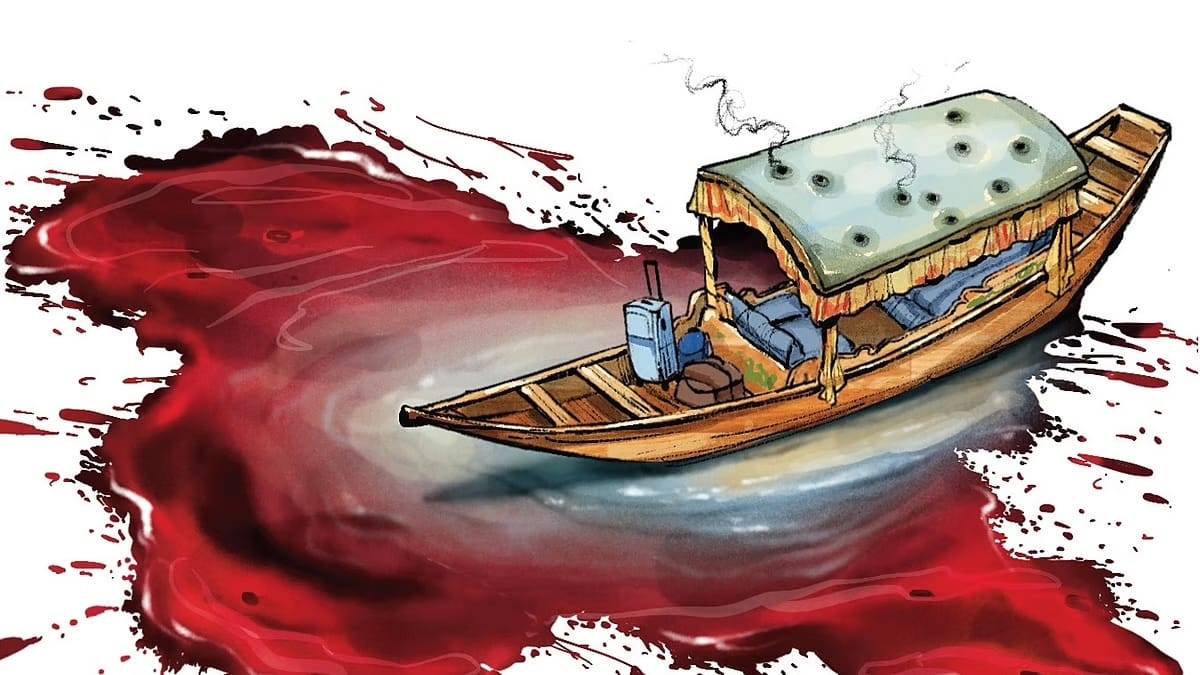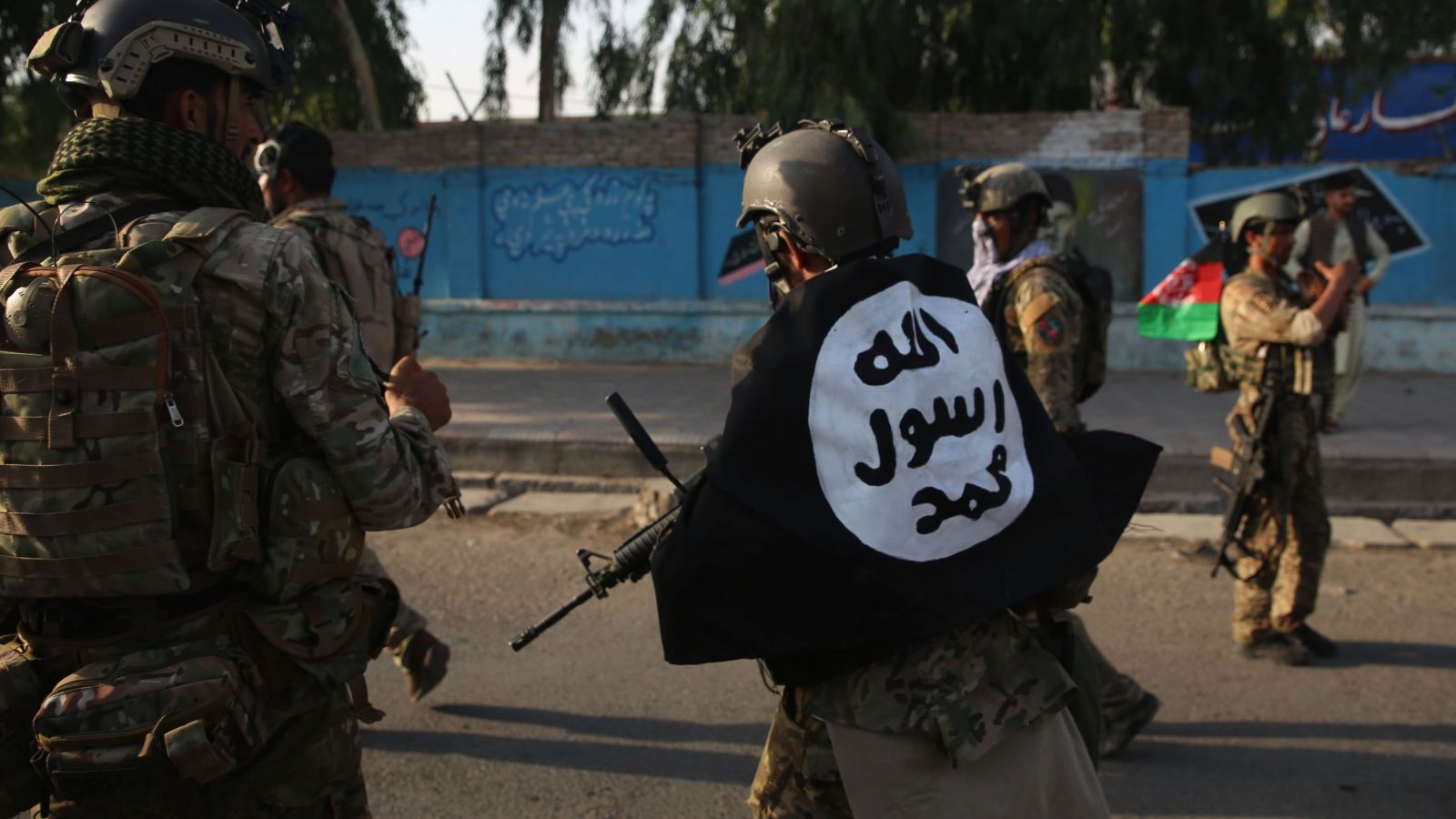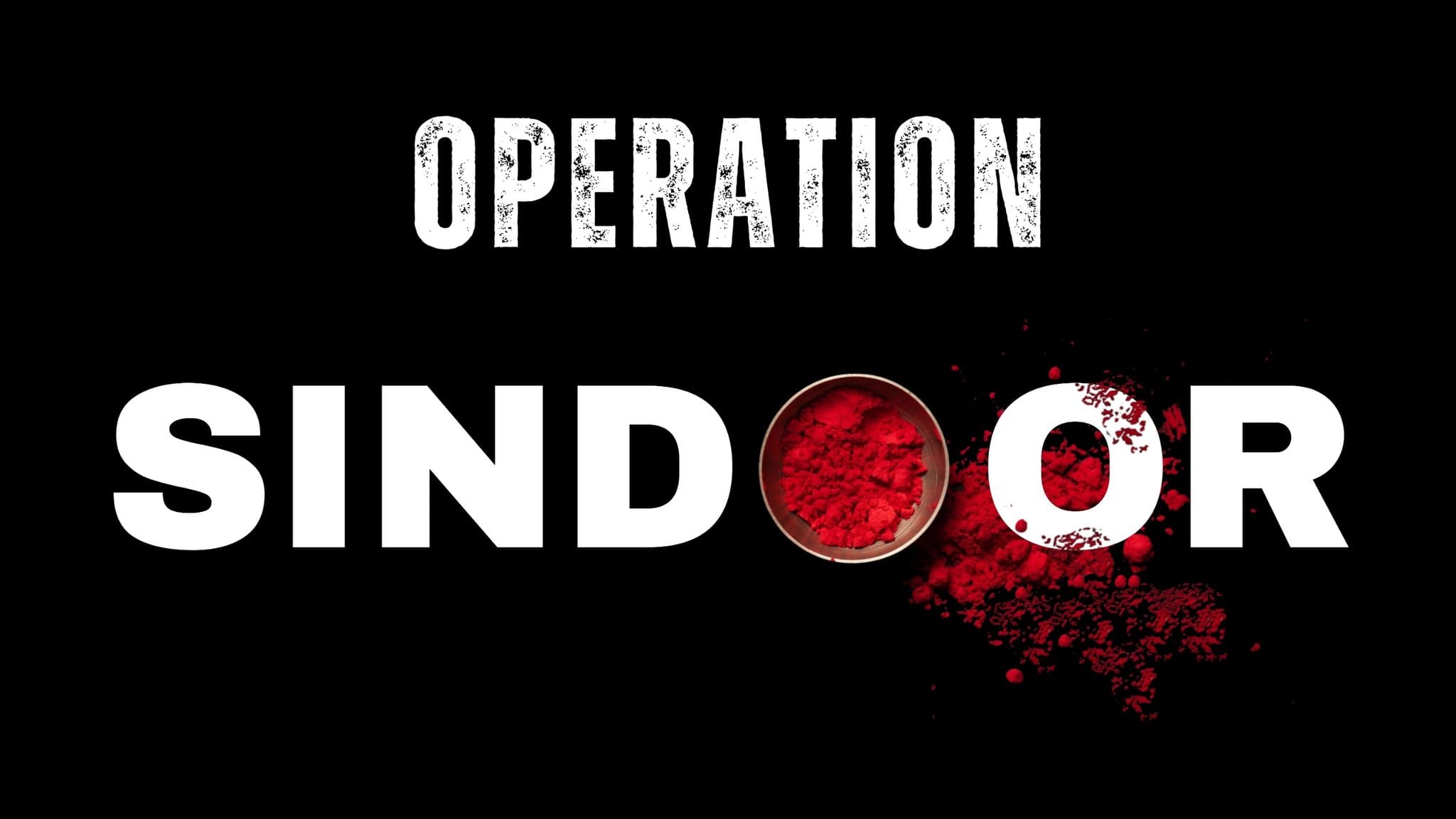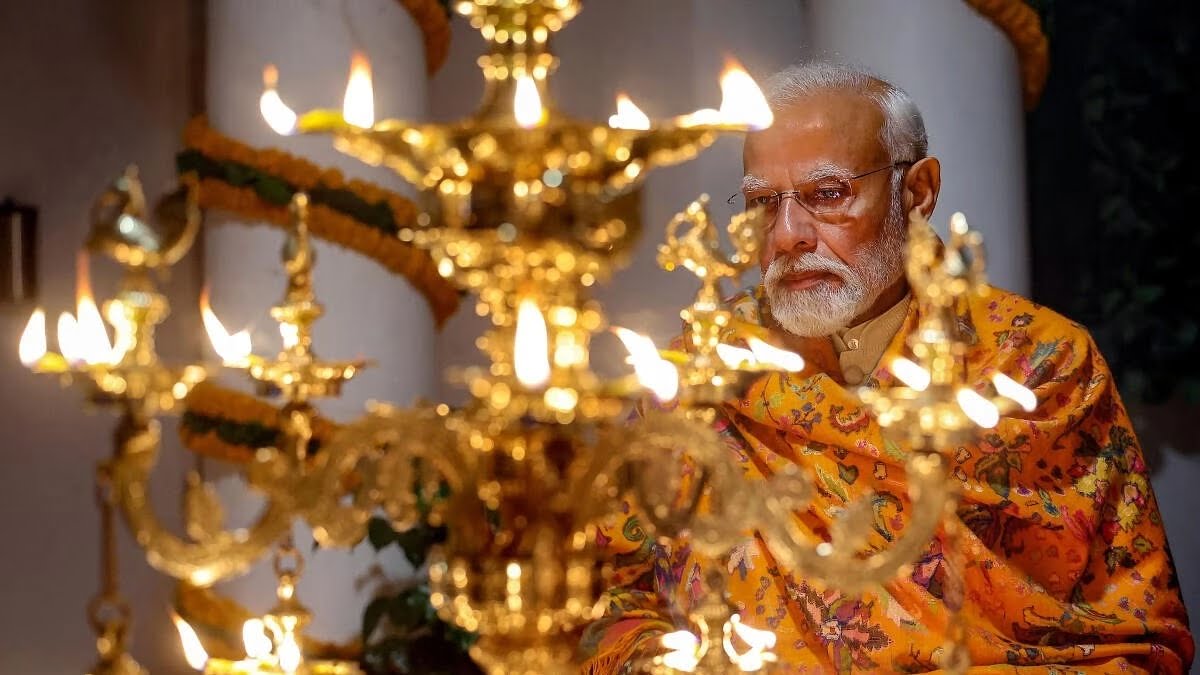On 22nd April 2025, a terrorist attack at Baisaran Valley at Pahalgam in Jammu and Kahsmir killed 26 and injured more than 20 others. The attack, the deadliest of its kind in the region since 2019 pulwama strike, targeted male Hindu tourists and was reportedly aimed at resisting alleged demographic changes in the Kashmir Valley. The Resistance Front (TRF), an offshoot of the Pakistan-backed, UN-designated terrorist group Lashkar-e-Taiba, claimed responsibility for the attack.
Five militants entered the Baisaran Valley meadow, which is located about 7 km from the Pahalgam town in Anantnag district. The area is surrounded by dense pine forests on all sides and is popular spot for tourists and only accessible by foot or horseback. The attackers carried M4 carbines and AK-47s and wore military style uniforms. According to survivors, the attackers segregated the women and children and asked for religion of the males before shooting them. Some tourists said they were asked to recite the Islamic verse of Kalima.
The attack intensified tensions between India and Pakistan, leading to diplomatic crisis. India accused Pakistan of supporting cross-border terrorism and suspended the Indus-Waters Treaty, expelled Pakistani diplomats, and closed borders. Pakistan denied India’s accusations and retaliated by suspending the Simla Agreement, restricting trade and closing airspace. Border skirmishes between Indian and Pakistani forces began along the Line of Control (LoC) on 24th April 2025. In my previous article titled ‘Is the Pahalgam Attack a Retaliation for the Jaffar Express Hijacking?’, I discussed the motives behind the deadliest terror attack in Jammu and Kashmir.
Geopolitical analysts suggested that the motive might have been to express dissatisfaction with the recent Waqf (Amendment) Bill and, earlier, the abrogation of Article 370 — both of which may serve as plausible explanations. However, I analysed and argued that the primary motive behind the Pahalgam attack was direct retaliation for the Jaffar Express hijacking orchestrated by Balochistan militants (BLA) in March 2025, for which Pakistan accused India of involvement. Notably, the modus operandi of both attacks — the Pahalgam attack and the Jaffar Express hijacking — was similar in nature.
While my previous article (commentary) discussed the potential link between these two attacks and how they fit into the ongoing proxy conflict between India and Pakistan — more specifically between their respective intelligence agencies, namely the Research and Analysis Wing (R&AW) and the Inter-Services Intelligence (ISI) — in this article, I argue that Pakistan’s military, particularly its Special Service Group (SSG) (Pakistan’s special forces), must be behind this attack, with planning support from the ISI-backed groups, Lashkar-e-Taiba (LeT) and The Resistance Front (TRF).
I also discuss why nations choose to back or sponsor rebel groups, what they aim to achieve through such actions, and share my views on where this ongoing proxy conflict between India and Pakistan — more precisely between their foreign intelligence agencies, the Research and Analysis Wing (R&AW) and the Inter-Services Intelligence (ISI) — may lead in the future.
Special Service Group (SSG) — Pakistan’s Special Forces Might Be Behind the Pahalgam Terror Attack
All the views and opinions expressed are those of the author. Image Credit: The New Indian Express.
About the Author
Anirudh Phadke is the Founder, Publisher & Editor of The Viyug and The Phadke Journals. He is currently serving as a Member of the Board of Studies (BoS) for the Department of Defence & Strategic Studies at the Guru Nanak College (Autonomous). He previously worked for International Criminal Police Organization (INTERPOL). Anirudh holds a Master of Science in Strategic Studies along with a Certificate in Terrorism Studies from S. Rajaratnam School of International Studies (RSIS) at Nanyang Technological University (NTU). He completed Bachelor’s degree in Defence & Strategic Studies from Guru Nanak College (Autonomous).




One thought on “Decoding the Pahalgam Terror Attack through an Intelligence Lens”